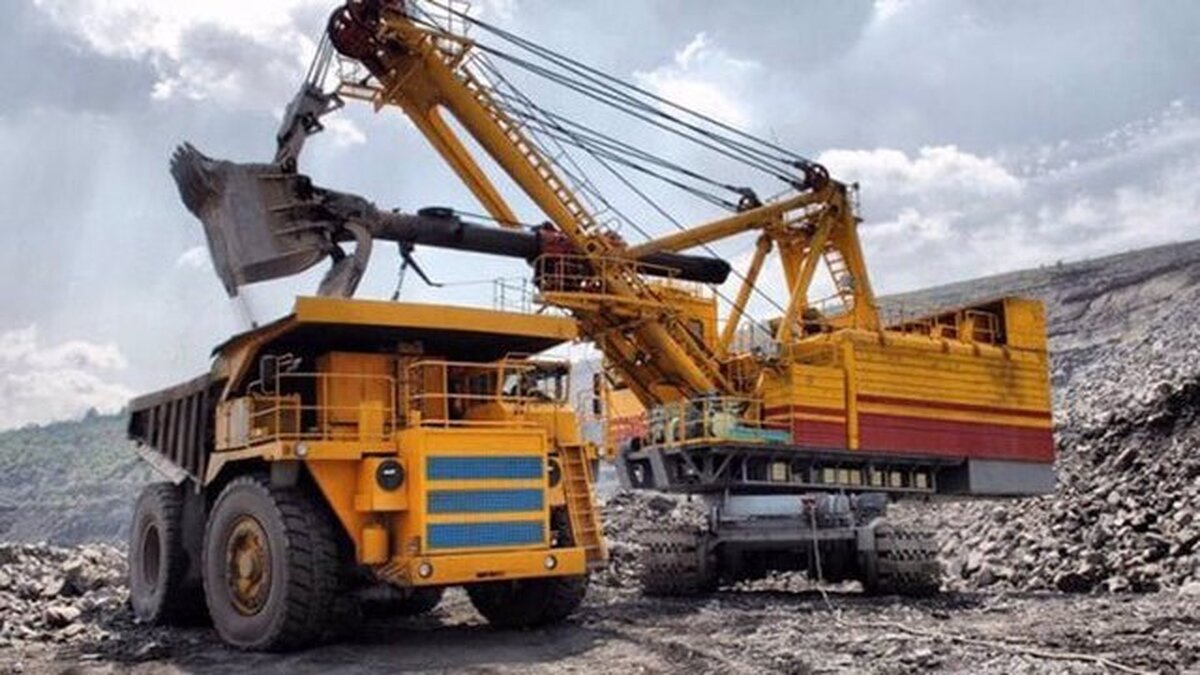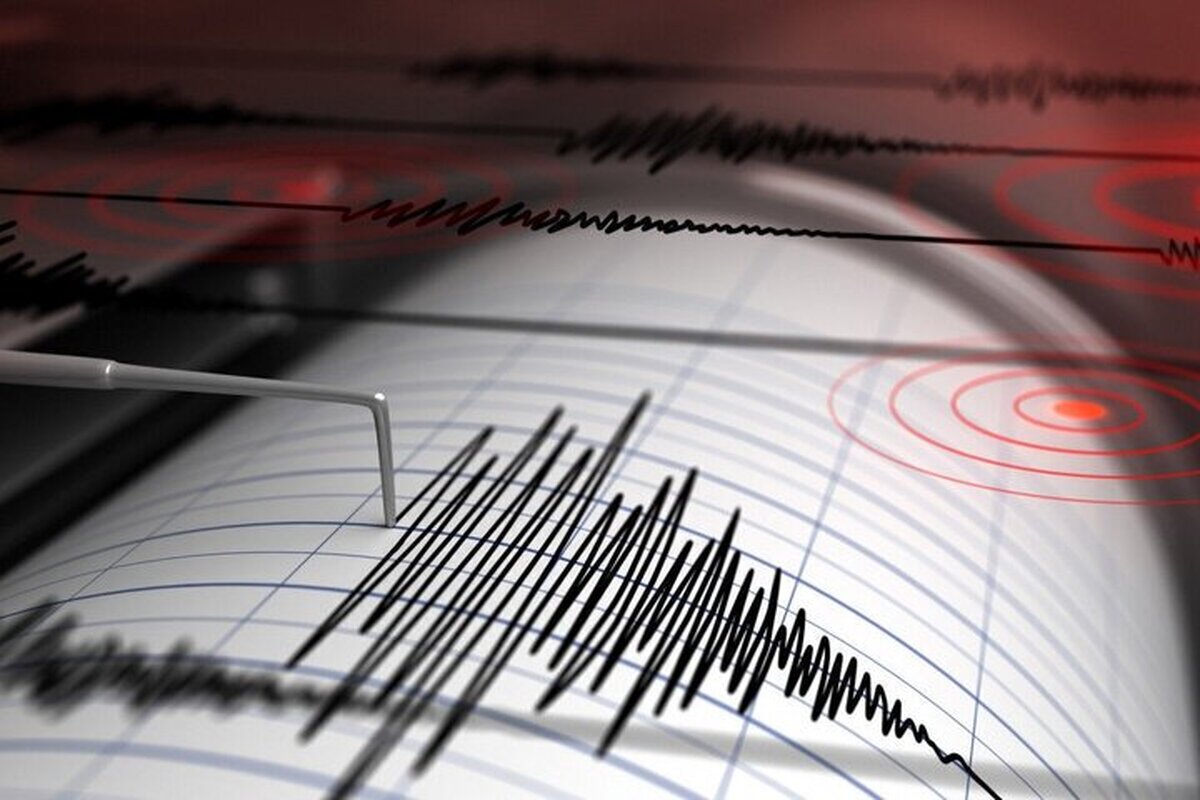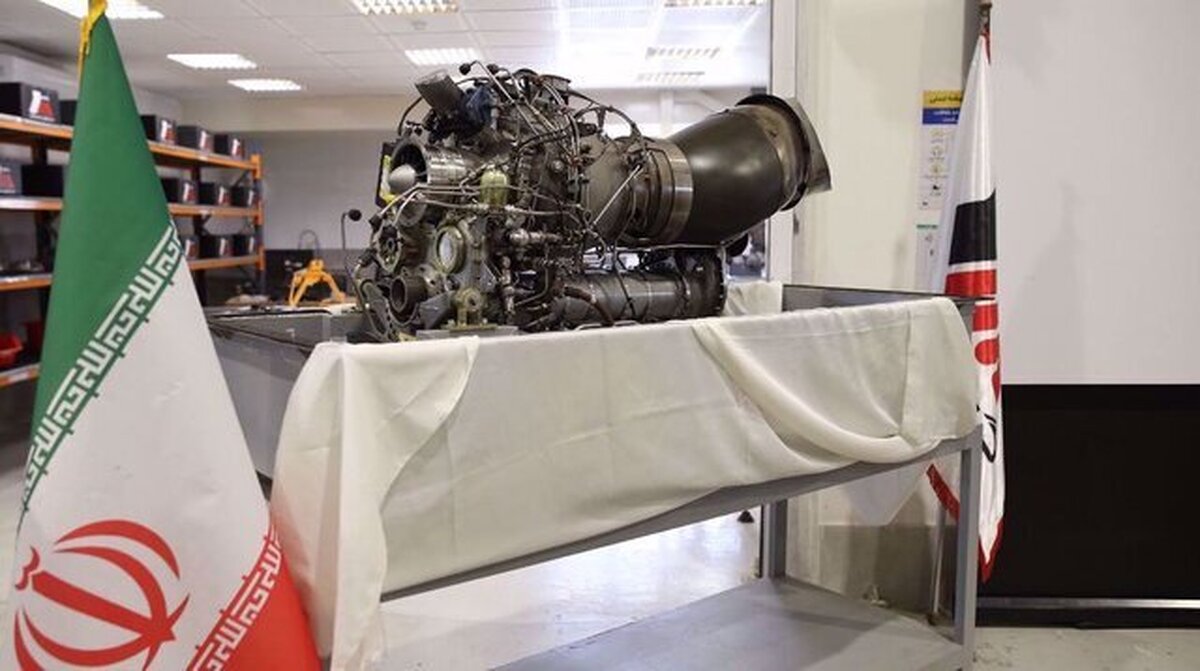
MAPNA Kicks Off Electrification of Isfahan’s Public Transport Fleet
EghtesadOnline: The domestic engineering and energy giant, MAPNA Group, has signed a trilateral memorandum of understanding on the development and electrification of public transportation infrastructure and fleet in Isfahan, the capital of the namesake province.
The agreement was signed by MAPNA Electric and Control Engineering and Manufacturing Company (MECO), Parsan Electric Bus Production Company and Isfahan Municipality late last week, MAPNA’s website reported.
According to Isfahan Mayor Ali Qasemzadeh, the MoU offers an effective solution to the city's growing air pollution caused by its aging public transportation fleet.
He noted that the collaborative work is divided into two major phases: feasibility studies for electrifying the public transportation fleet and project implementation.
Speaking at the meeting, Mohammad Hossein Refan, CEO of MECO, stated that converting the urban transportation fleet to an electric vehicle network necessitates enhanced electric vehicle production and infrastructure development.
“To meet both demands, MAPNA employs professionals and university graduates with expertise in electricity, electronics, power electronics, programming and software development, data analysis, intelligence and system engineering,” he said.
“The group can contribute valuable experience and investment in private e-mobility to the development of zero-emission transportation solutions for the country.”
According to the official, when the infrastructures are in place, Isfahan's dilapidated bus fleet will be replaced with Shetab electric buses.
Shetab buses have been designed and developed by Parsan Electric Bus Production Company, a joint venture by MAPNA Group and Oghab Afshan Industrial and Manufacturing Company.
In early June, the vehicle, of which over 60% are designed and manufactured domestically, was unveiled in the shrine city of Mashhad, Khorasan Razavi Province.
A couple of months later, the company introduced a prototype for Tehran’s bus fleet for a test run.
Shetab is a smart vehicle with data center connectivity, energy recovery, quick charging and a cutting-edge display system. The vehicle's cooling system was created with Iran's environment in mind.
The bus can travel 250 kilometers without HVAC system and 200 kilometers while using the HVAC.
These electric buses will be offered in several forms, each with a different battery capacity to meet the demands of different routes.
Previous Endeavors
In late May, MECO set up a joint venture with Bam Khodro, a subsidiary of Kerman Motor Company, for the design and production of A- and B-class electric vehicles and the development of relevant technologies.
In the first phase, the deal calls for the production of public EVs. As a result, MECO will be responsible for the cars' engines, batteries and electronic systems.
The bus cabins, trimmings and mechanical parts will be made by Bam Khodro.
The associated firms will shortly release a prototype with a 15-kWh battery that will enable the bus to travel 100 kilometers at an average speed of 80 kilometers per hour.
The vehicles are managed by automated EV controller software, which allows the drivers to open doors and control passenger fare payment and reservation.
Last summer, EV production ambitions encouraged MAPNA to join the major automaker Iran Khodro Company (IKCO).
After successfully testing 20 EV prototypes in June, MAPNA joined hands with IKCO to mass produce electric vehicles for the first time.
According to MAPNA CEO Abbas Aliabadi, his company hopes to boost Iran’s auto supply chain.
“The simultaneous development of software and hardware is the basis of developing electric vehicles. The local production of all parts is high on MAPNA’s agenda. Although the work is still in the preliminary stage, we have made headways,” he added.
Underlining the necessity of serious and hard work for manufacturing electronic vehicles in Iran, Aliabadi emphasized that even if domestic automakers show reluctance, MAPNA will continue to tread the path it has embarked on.
Public Transportation in Isfahan
Today, the development of electric transportation and its accultration are necessary for the crowded and polluted Iranian metropolises, including Isfahan, which has been grappling with public transport deficiencies in the past few years.
Qodratollah Norouzi, the city’s former mayor, had earlier told reporters that from among the 900 buses operating in Isfahan’s public transport fleet, 10% are highly dilapidated.
He believed that the current state of public transportation is neither sufficient nor efficient for 2.2 million citizens of the city.
The latest measure taken to address the problem was the addition of 80 new vehicles worth 2.25 trillion rials ($8.1 million) to the city’s bus fleet last summer.
To streamline the bus fleet in the central province of Isfahan, municipal authorities signed a contract with Plan and Budget Organization to restore 700 dilapidated buses in the last Iranian year (ended March 2021). However, only 50 urban buses were overhauled in Isfahan during the year.
“We had planned to add 35 new buses for bus rapid transit lines and 20 for urban lines. In addition, 30 CNG buses, which are currently out of service due to technical flaws, were supposed to be repaired and rejoin the fleet,” Norouzi said.




